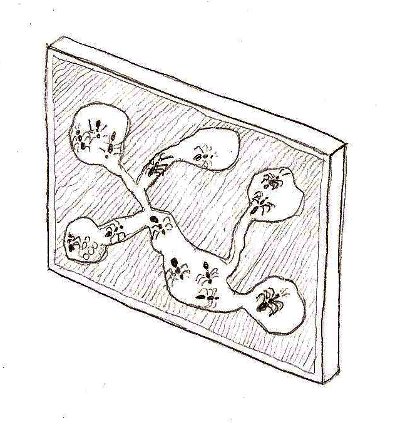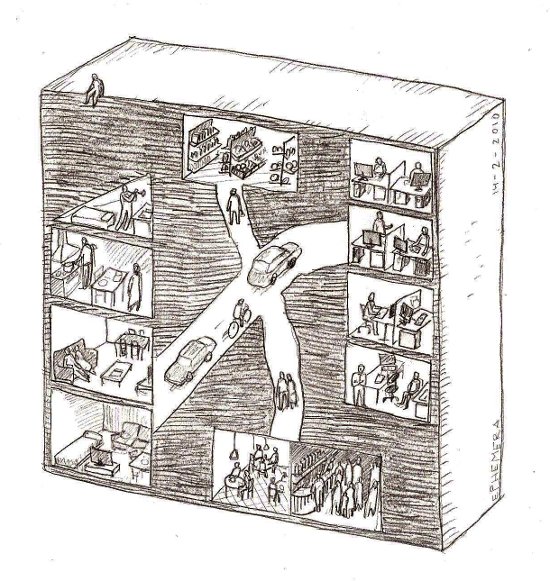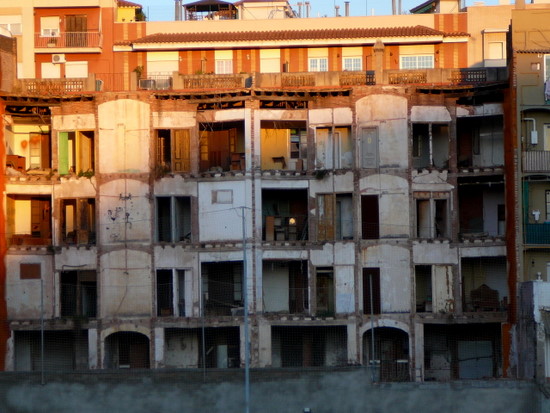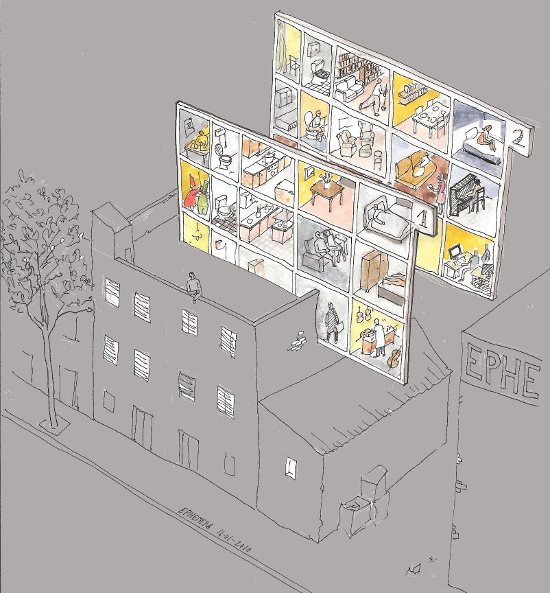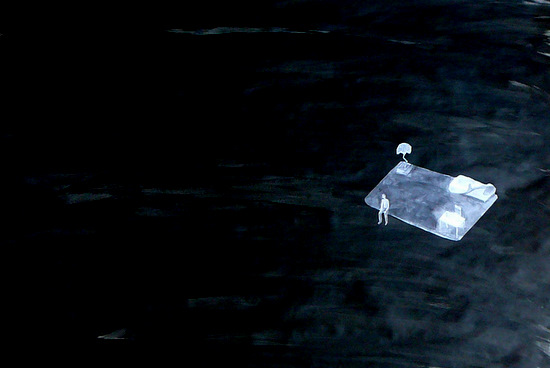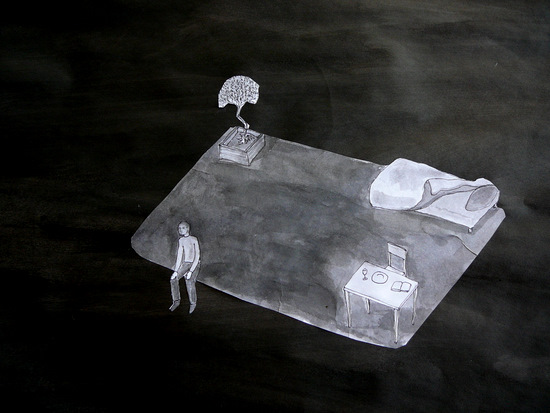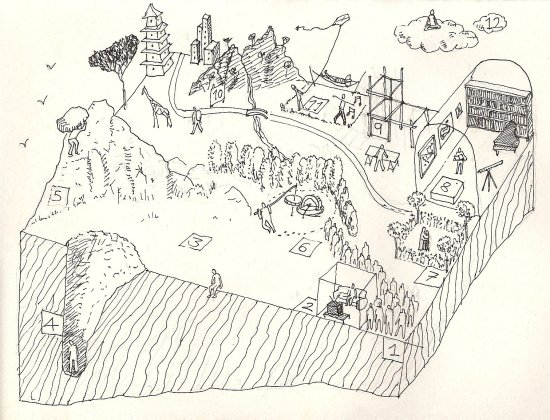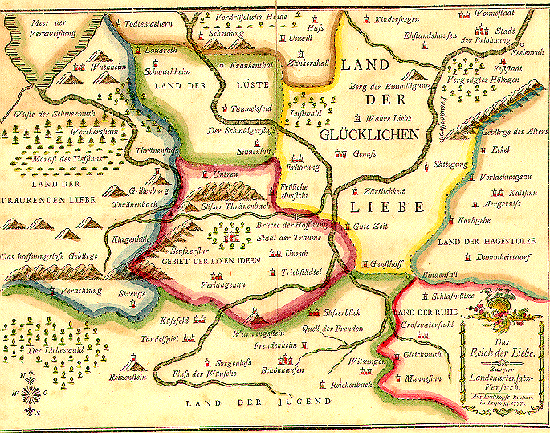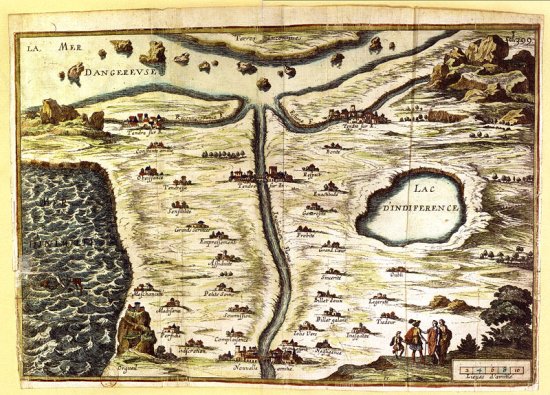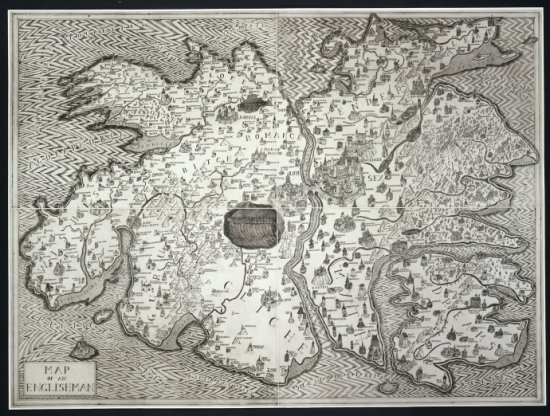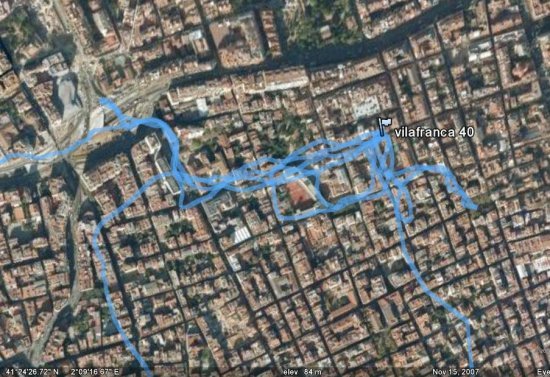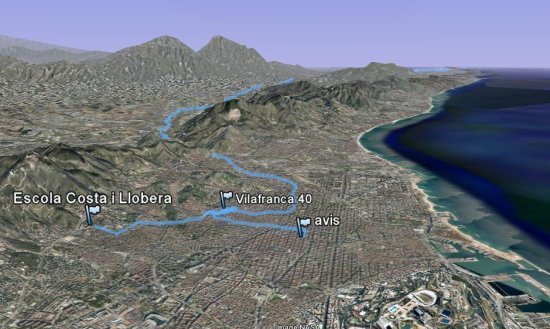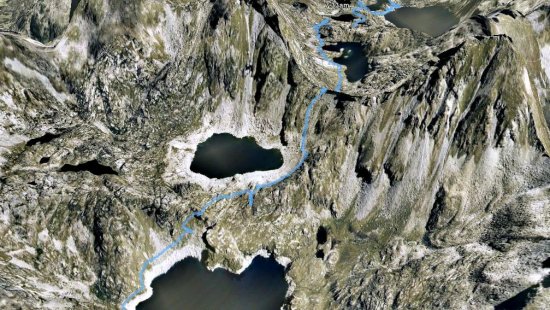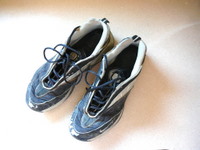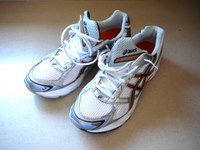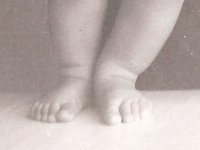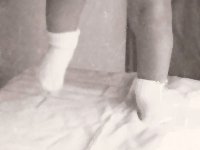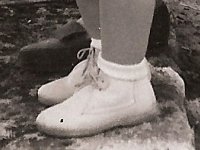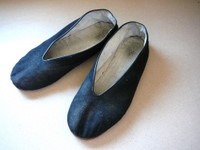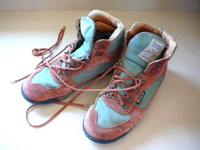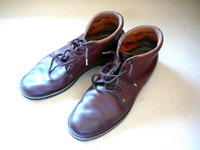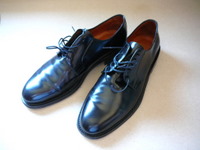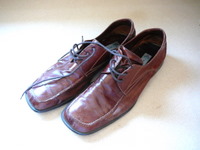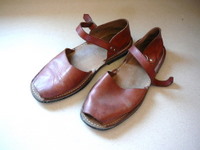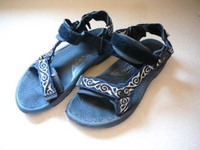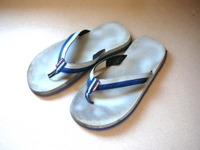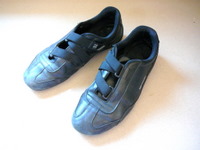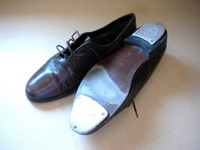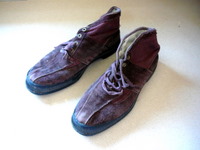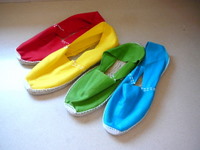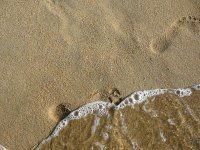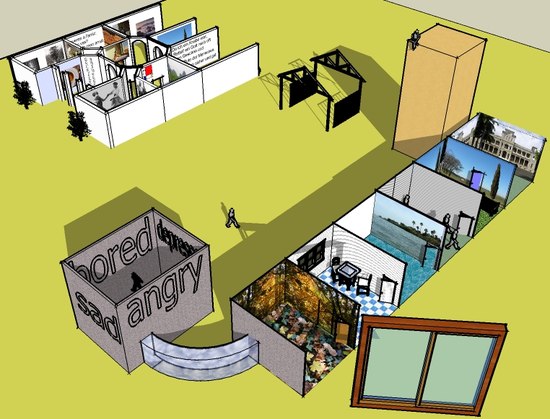The human ant farm provided a panoramic view of human activities. What about a closer look? If some extraterrestrials fetched us, and back in their planet would like to expose us like animals in a zoo, what kind of cage would be built? Perhaps the human zoo would consists of a series of sets staged for different scenes of a play. And every day, without no significant changes, the same scenes would be performed again and again. For instance:
Scene1: a bedroom and a bathroom. The subject sleeps, wakes up, washes, gets dressed and goes.
Interlude: commuting to work, by bike, car or public transportation.
Scene 2: An office, desks with computers, papers, coworkers. The subject works, talks to other people, has lunch break.
Interlude: commuting back homeScene 3: This one can be diverse, a garden, a shop, a gym. The subject can do different activities depending on the day, weather or humor. He reads, exercises, takes care of a garden, perhaps picks his children from school.
Scene 4: a sofa, a table, a kitchen. The subject cooks some food, has dinner, clears the table, sits on the sofa and watches TV.
Scene 5: same set has scene1, a bedroom and a bathroom. The subject undresses, pees, brushes his teeth and goes to sleep.
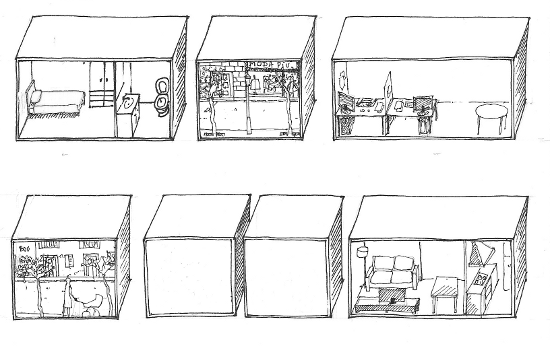
Every day life may be just like that, jumping from one stage set to the next one, following a certain schedule, and play the assigned scene. It’s like one of this shows that have been on stage for years. Although the scenes are the same every day, we are allowed a fair degree of freedom for improvisation, changing dialogs and interactions with objects and people. I think of those great actors that never get tired or bored of acting the same play every night, creative enough to find always something new to enrich it with subtle changes. I wish I could do the same.
A few times in along a lifetime, the theater changes the show completely, new decorates, new characters, new plot. It’s when when we move to a new apartment, find a new job or partner, or when we start working after years of studying.I can imagine a simulation of a human zoo, a kind of enlarged dioramas like those we can see sometimes in history museums, depicting life in neolithic times for instance. Different kinds of lives would be exhibited as very short theater plays, a day compressed in a60 minute play. A farmer in medieval times, a roman matron, a soldier in napoleonic wars, a boy in the1930s in Barcelona, an executive woman in the XXI century.

